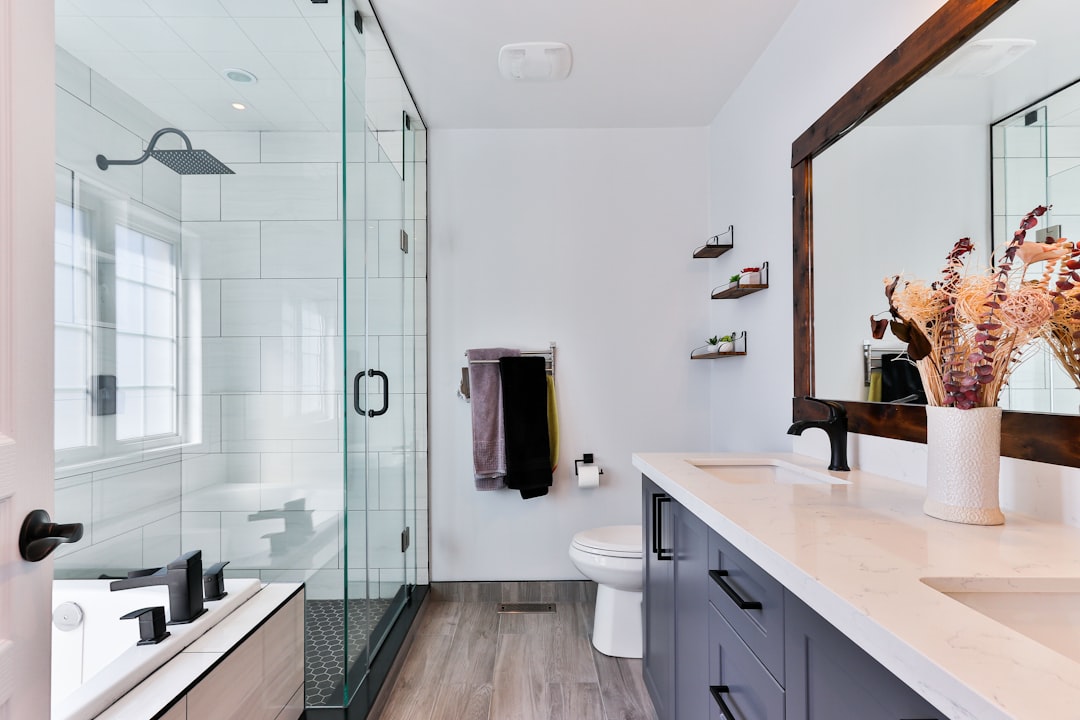If you are considering hiring a live-in caregiver for a loved one, you’ll need to be ready for the transition. Having a live-in caregiver can make your life a lot easier, and take some difficult work off your plate, but you want to ensure that your home and your family are prepared. Fortunately, there are a wide range of resources available online that are designed to assist families who have caregiving needs. There are even support groups that you can join both online and in-person. If you’re not sure where to start, read on to learn a little about how to prepare for a live-in caregiver.
How can you prepare for a live-in caregiver?

A live-in caregiver can provide a lot of help for an elderly person or someone who is disabled. However, you may not have the room for them in your home. A storage unit can provide the perfect solution. You can use a storage unit to make room for a live-in caregiver. They can have their own space to live in and you can have peace of mind knowing that they are close by and able to step in when needed. A 10×10 storage unit should provide plenty of space, but most storage facilities have a range of sizes available. You can for advice if you aren’t sure what size unit is right for your needs.
One of the most important things you can do as you prepare for your in-home caregiver is to ensure that they are aware of where your local immediate care is, like this primary walk-in/immediate care center in Staten Island, NY. This way, if an emergency arises, they will be able to get you the care you need as quickly as possible. You may also want to provide them with a list of your primary doctors and pharmacies, as well as any other contact information. By taking these steps, you can ensure that your loved one receives the best possible care.
You will also need to create a care plan. This should include the care that your loved one needs, as well as the hours and days that the caregiver will be working. You will also need to create a schedule for the caregiver, including their break times and days off. Finally, you will need to create a budget for the caregiver. This should include their salary, as well as the cost of their room and board. Taking care of all of these details well in advance will make the entire process easier. Keep in mind when you put your belongings in storage to make space for your caregiver, there are some items that will require climate control.
What other home modifications should you consider?

Depending on your season for needing home care, you may want to consider home modifications that will make you safer and improve your quality of life. Installing grab bars and railings in key areas of the home, such as the bathroom and stairs, can help elderly residents stay safe and independent. Removing any trip hazards from the home, such as rugs and cords, can prevent falls. Installing a wheelchair ramp is often necessary, as many people with disabilities and older people will require a mobility aid at some point.
Widening doorways can also be required for people who use a wheelchair or a walker. It is also useful for people who have difficulty walking. Widening doorways can be done with a simple renovation or by using door-opening devices. You may also want to consider adding a lowered sink and toilet to the bathroom, to make it easier for those with mobility issues to bathe and use the toilet.
There’s a lot that goes into caring for the elderly, those with chronic illness, or people with disabilities. There are also many other populations that have caregiving needs. Whatever the reason, you should take the time to prepare your home and your loved ones for having a caregiver living with them. Making sure they have enough space for their belongings is your responsibility too. If you find that your loved one needs mobility aids or home modifications for accessibility, you can talk to a contractor about making those changes.






